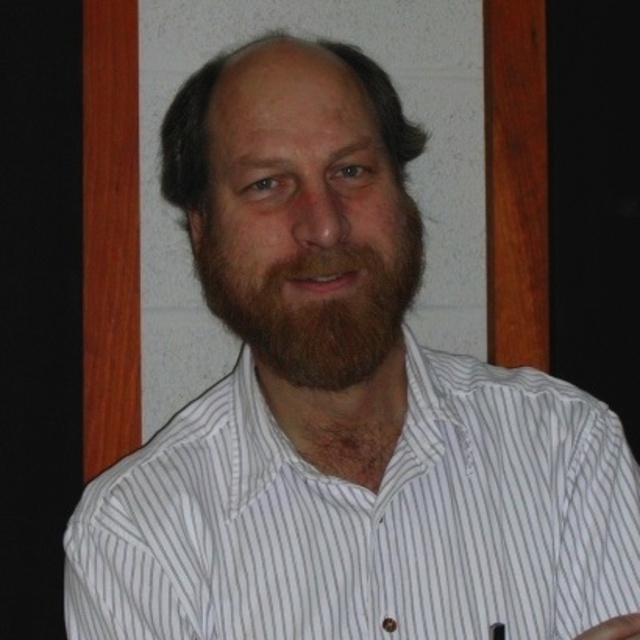
Hubble Space Telescope Spectroscopic Evidence for a 1 X 10 9 Msun Black Hole in NGC 4594
December 1996 • 1996ApJ...473L..91K
Abstract • The discovery by Kormendy of a M• ~= 109 Msolar massive dark object (MDO) in NGC 4594 is confirmed with higher resolution spectroscopy from the Canada-France-Hawaii Telescope (CFHT) and the Hubble Space Telescope (HST). CFHT measurements with the Subarcsecond Imaging Spectrograph improve the resolution from sigma * = 0."40 to 0."27 Gaussian dispersion radius of the point-spread function (PSF). The apparent central velocity dispersion rises from sigma = 250 +/- 7 km s-1 to sigma = 286 +/- 7 km s-1. As observed with the COSTAR-corrected HST, the Faint Object Spectrograph, and a 0."21 aperture, sigma = 321 +/- 7 km s-1 is still higher, and the central rotation curve is very steep. The highest-M• published dynamical model fits the new observations reasonably well when "observed" at HST resolution. The spatial resolution has now improved by a factor of ~5 since the discovery measurements, and the case for a black hole (BH) has strengthened correspondingly. We confirm that NGC 4594 has a Seyfert spectrum; H alpha is ~5200 km s-1 wide at zero intensity. However, gas velocities are lower than the circular velocities implied by the stars, so they cannot be used to test the BH case in NGC 4594. The gas may be in a ring, or it may be associated with patchy dust. HST images with the Wide Field and Planetary Camera 2 show dust at some aperture positions. NGC 4594 appears to have a bright point nucleus. However, the central absorption-line strengths are low, consistent with dilution by enough nonthermal light to explain the "nucleus." There is no evidence for a distinct nuclear star cluster. NGC 4594 is similar to M87, which also has a nonthermal nuclear source, and not to M31 and NGC 3115, which have quiescent BHs and nuclear star clusters.
Links
- SIMBAD https://simbad.u-strasbg.fr/simbad/sim-ref?querymethod=bib&simbo=on&submit=submit+bibcode&bibcode=1996ApJ...473L..91K
- NED https://ned.ipac.caltech.edu/uri/NED::InRefcode/1996ApJ...473L..91K
- DATA https://archive.stsci.edu/mastbibref.php?bibcode=1996ApJ...473L..91K
- DATA https://hst.esac.esa.int/ehst/#/pages/search;bibcode=1996ApJ...473L..91K
- GIF http://articles.adsabs.harvard.edu/full/1996ApJ...473L..91K
- ARTICLE http://articles.adsabs.harvard.edu/full/1996ApJ...473L..91K?defaultprint=YES



